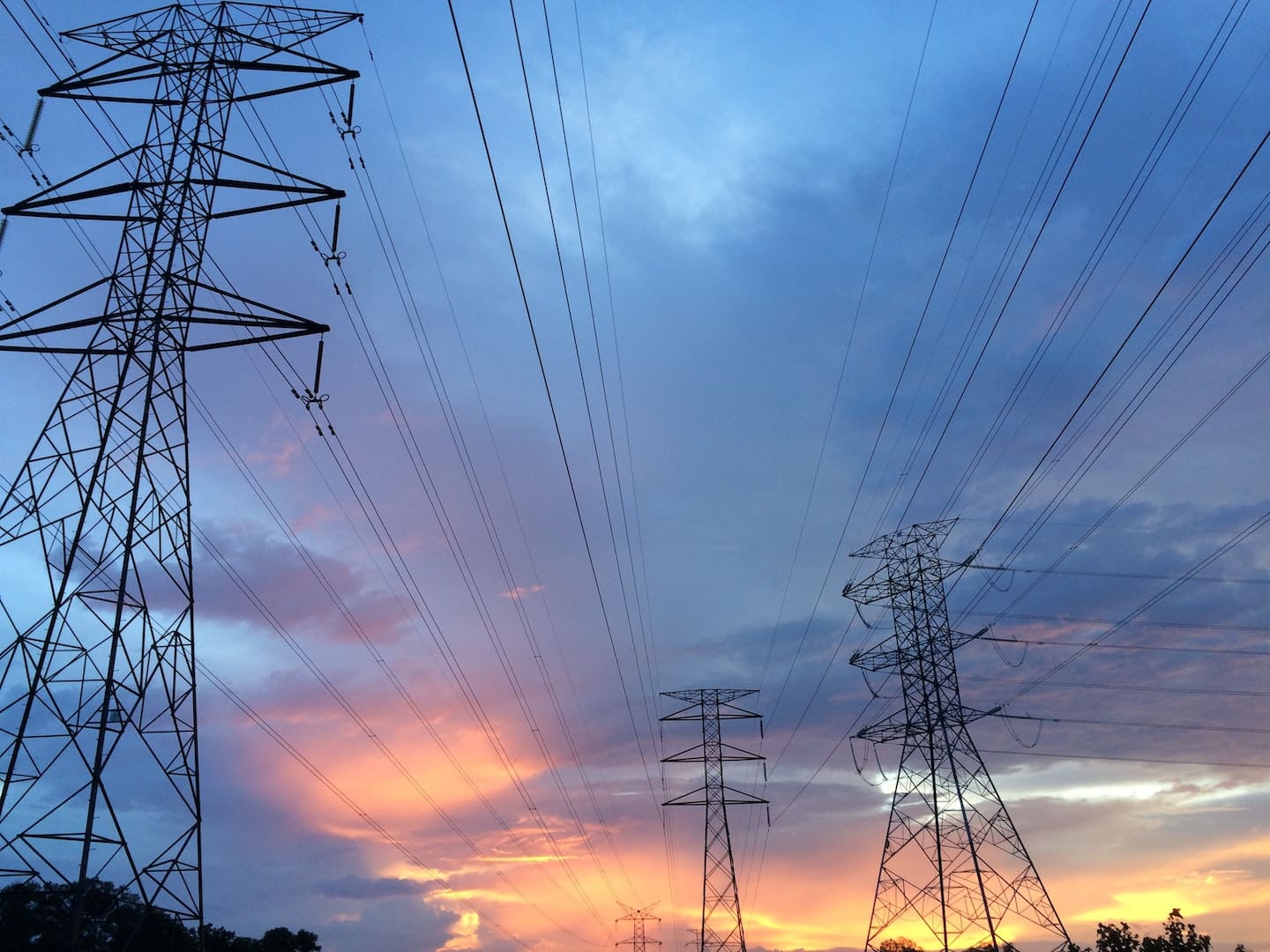

Delmarva Power said the average residential customers will see their overall electric bill increase 9.91% or $12.47 a month.” (Photo by Pol Rie on Pexels)
Delmarva Power’s electricity rate for Delaware went up June 1, the company said, and “the average residential customers will see their overall electric bill increase 9.91% or $12.47 a month.”
The new rates – there are 16 of them on a flier distributed with the latest bill – were approved the state Public Service Commission, it said. The flier also has been posted online.
Delmarva Power in December filed a plan to increase rates by $72.3 million, the state said, following a $16.7 million increase approved in 2021. The public advocate, a state employee who, well, advocates for the public, quickly blasted the proposal.
The flier explains hikes for Standard Offer Service customers, meaning people who buy electricity from Delmarva, not from a firm that promises to be cheaper or more environmentally friendly.
There are four rates for residential supply service charges: residential (Rate R), residential space heating (Rate RSH), residential time of use non-demand (Rate R-TOU-ND) and plug-in vehicle charging (Rate PIV).
Each of those rates has a summer rate (June-September) and a winter rate (the rest of the year).
Rate R has two distribution rates, one for the first 500 kWh, and another for excess beyond that. Delmarva Power’s. These distribution rates don’t, at the moment, differ.
Rate RSH has four distribution rates, for the first 500 kWh in summer, another for excess beyond that in summer, the first first 500 kWh in winter and the rest in the winter. Once again, the excess rates are the same as the base rates, but the winter rates are more expensive.
Rate R-TOU-ND has two distribution rates, with the rate for peak usage about 2.4 times as expensive as off-peak rates.
Rate PIV has two distributions rates, with the rate for peak usage about 3.5 times as expensive as off-peak rates. The peak PIV rate is Delmarva’s most expensive rate on the flier, and the off-peak rate the least expensive. It’s their way of encouraging people to charge their vehicles overnight.
But, wait there’s more! This writer examined his Delmarva Power bill and failed it find his rate code.
But knowing that he doesn’t have space heaters nor a vehicle charger and didn’t sign up for non-demand or an alternative supplier, he’s concluding that he’s a basic Rate R.
His bill for electricity includes 11 charges: customer charge, distribution charge, low-income charge, green energy fund, renewable compliance charge for wind and solar, renewable compliance charge for qualified fuel cells, distribution system improvement charge, energy efficiency surcharge, EDIT credit 6 year, transmission capacity charge and standard offer service charge.
Share this Post








